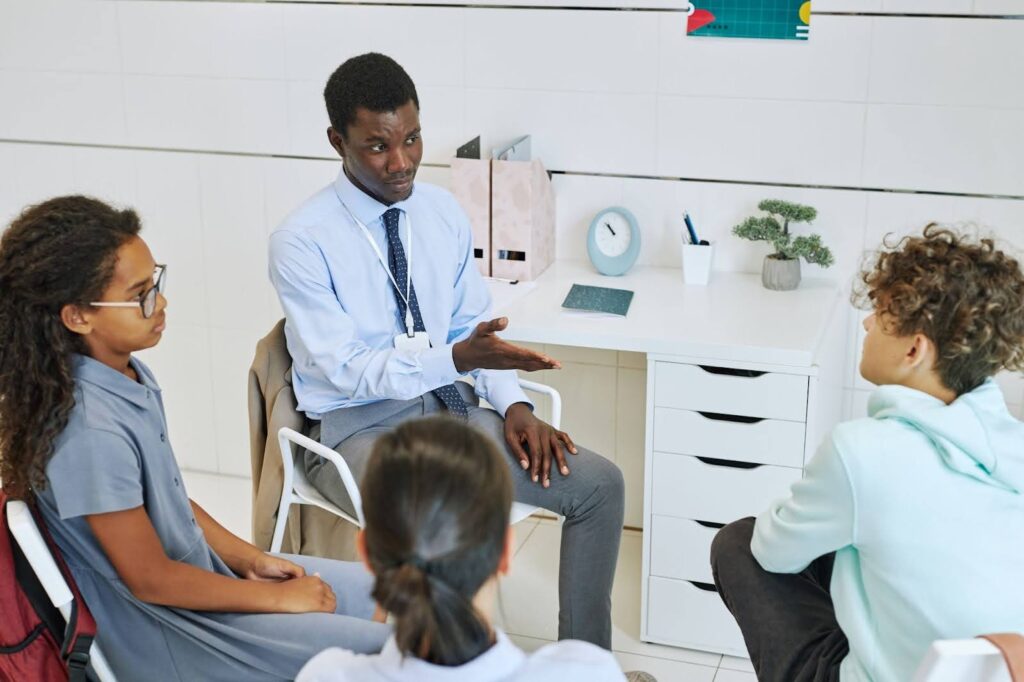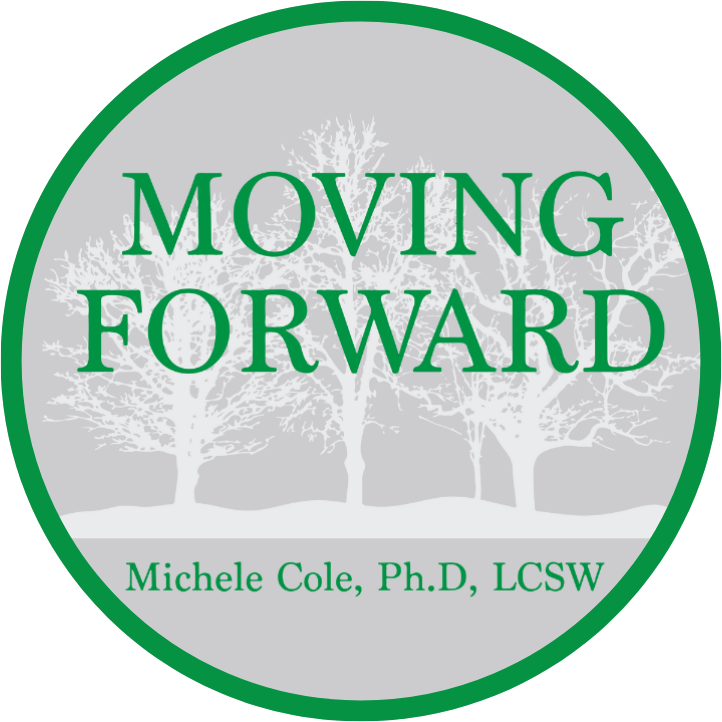
Many people with ADHD face a crossroads when it comes to treatment. On one side, there’s medication, offering fast symptom control. Conversely, therapy promises more profound change, but often takes more time. Choosing between them or combining both can feel overwhelming. The correct answer depends on how ADHD appears and what kind of support you need.
Understanding How ADHD Therapy Works and Helps
ADHD therapy refers to structured, non-medication methods for managing symptoms. It helps people build new habits, think differently, and respond better to daily challenges. Therapy isn’t just for kids; it works for adults navigating school, work, or relationships. Understanding the types of ADHD therapy available can help you decide what best fits your situation.
Behavioral Therapy for Everyday Challenges
Behavioral therapy focuses on changing visible actions and daily patterns. It’s beneficial for kids who struggle with impulsivity and routine. Therapists use rewards, consequences, and structure to guide behavior. Parents are often part of the process, learning how to reinforce progress at home. Over time, this builds consistency and teaches kids how to manage their behavior. It also gives parents tools to respond without frustration.
Cognitive Behavioral Therapy (CBT) for ADHD
CBT goes deeper by targeting how a person thinks, not just how they act. It’s often used with teens and adults who’ve lived with unmanaged ADHD. CBT helps with planning, time management, and emotional control. People learn to spot unhelpful thoughts and replace them with realistic ones. This shift improves confidence and reduces overwhelm. It’s invaluable for those who feel stuck or judged because of past ADHD struggles.
Coaching and Skills Training for ADHD Adults
ADHD coaching is more practical and goal-oriented. Coaches help clients create systems that make life easier, like managing emails, setting reminders, or organizing tasks. Skills training can be done one-on-one or in group settings. It teaches planning, prioritizing, and follow-through without judgment. These tools support long-term independence, especially for people juggling work, family, or studies. It’s not therapy but fills the gap between treatment and daily living.
Family and Relationship Support
ADHD affects more than just the individual; it touches the people around them. Family therapy can help loved ones understand the condition and respond with empathy. It teaches communication strategies that reduce conflict and misunderstandings. For couples, ADHD counseling addresses common patterns like forgetfulness or distraction. These sessions build stronger relationships by replacing blame with teamwork. Everyone feels more supported when the whole system is involved.
Knowing ADHD Medication Types and Their Effects
ADHD medication is often the first treatment option people hear about. It helps manage focus, energy, and impulsivity by adjusting brain chemicals. Medication doesn’t cure ADHD, but it can make symptoms much more manageable. Knowing what types exist and how they work helps you weigh the pros and cons more clearly.
Stimulants and How They Improve Focus
Stimulants like Adderall, Ritalin, and Vyvanse are the most widely used ADHD drugs. They increase dopamine and norepinephrine, helping the brain filter distractions and stay on task. For many people, these medications begin working within 30 to 60 minutes. Symptoms like restlessness or forgetfulness fade into the background. However, side effects can include trouble sleeping, reduced appetite, or mood changes. Close monitoring helps avoid these problems and find the best dose.
Non-Stimulant Options for ADHD
Some people can’t take stimulants due to health concerns or personal preferences. Non-stimulants like Strattera, Intuniv, and Kapvay offer alternatives with slower effects. These medications often take a few weeks to show results. They’re less likely to affect sleep or cause anxiety. While not as fast-acting, they work well for some individuals, especially those with a history of substance misuse. Doctors may suggest them when stimulants don’t provide consistent relief.

Monitoring Medication Side Effects and Dosage
Starting ADHD medication involves trial and error. It often takes time to find the proper dosage and schedule. Doctors usually begin with a low dose and adjust based on feedback. Side effects can fade or change as your body adapts. Regular follow-ups are crucial to track progress and flag any issues early. Open communication makes the process smoother and keeps treatment safe.
Comparing ADHD Therapy With Medication
Both ADHD therapy and medication offer real benefits. But their strengths, timelines, and goals don’t always align. To choose well, you need to know how they stack up side by side. It helps clarify what will work in your everyday life, not just on paper.
Immediate Relief vs. Lasting Behavior Change
Medication delivers fast results, often within hours. It helps people sit still, follow conversations, or finish tasks. However, it doesn’t teach coping strategies or build routines. Therapy works more slowly but teaches skills that stick. Over time, therapy helps reduce stress and manage triggers more effectively. When the meds wear off, the benefits of treatment remain.
Which Path Fits Your Current Needs
Children often start with therapy, especially if they’re under six. Adults, on the other hand, may need medication to function at work or school. Some people benefit more from structure and accountability than chemical balance. Others find they can’t focus enough to start therapy without medication first. The “right” path depends on your symptoms, goals, and daily functioning.
When Both Work Better Together
Combining therapy with medication often leads to stronger outcomes. Medication improves attention, which makes it easier to use what you learn in therapy. At the same time, therapy helps address emotions, habits, and relationships. This dual approach gives people both tools and clarity. Many treatment plans include both from the beginning for better balance.
Deciding if ADHD Therapy or Medication is Best for You
Choosing a treatment isn’t just about symptoms. Your daily routine, values, finances, and support system all play a role. What works for one person may be off base for another. Thinking about your lifestyle and resources helps you make a choice that fits you, not just one that sounds good in theory.
Your Lifestyle Shapes the Best Treatment
Someone with a high-pressure job might lean toward fast-acting medication. A college student may benefit more from coaching to stay organized. Parents juggling kids and work may need therapy to build structure at home. Others want to avoid meds due to side effects or health concerns. Your pace, stress levels, and obligations all influence what works best.

Financial and Practical Access To Care
Not all treatments are equally available or affordable. Therapy can be expensive, and waitlists are long in many areas. Medication is often covered by insurance, but it requires frequent doctor visits. Coaching and skills groups may not be covered at all. Balancing your budget with your needs helps prevent extra frustration down the line.
Cultural Beliefs and Personal Comfort
Cultural views can strongly influence how ADHD is treated. In some communities, there’s resistance to using psychiatric medication. Others might value counseling but avoid therapy out of stigma or privacy fears. Your comfort with the approach matters just as much as its clinical effectiveness. Feeling safe and understood increases the chances that any method will work.
Talk to the Right Professionals
Psychiatrists handle diagnosis and medication. Psychologists and therapists offer behavioral and cognitive approaches. Coaches and support groups fill in the gaps. The best plan often comes from a team, not one person. If you’re unsure where to start, ask for a referral to someone who specializes in ADHD care.
Other Factors That Influence ADHD Treatment
ADHD doesn’t exist in a vacuum. It interacts with your age, lifestyle, biology, and even the healthcare system around you. These factors shape how symptoms appear and how treatment works in real life. Understanding them gives you more control and helps you avoid common roadblocks.
H3: How ADHD Symptoms Can Change With Age
ADHD symptoms often shift as people grow older. Hyperactivity may fade, but disorganization and emotional fatigue can take its place. Many adults no longer feel “hyper” but struggle with memory lapses or unfinished tasks. Because ADHD is developmental, treatment should adapt with time. A plan that worked at age ten might not suit someone at 40. Therapy or meds should match where you are now, not where you started.
The Role of Sleep, Diet, and Exercise in ADHD Care
Daily habits can make ADHD symptoms worse or easier to manage. Poor sleep often causes brain fog, emotional reactivity, and forgetfulness. Eating too much sugar or skipping protein can throw off focus. Exercise, even in short bursts, improves mood and helps regulate attention. While these won’t replace therapy or medication, they enhance both. Building a stable routine supports every part of ADHD care.
Common Mistakes When Choosing ADHD Treatment
Many people expect instant fixes from ADHD treatments. They may stop taking meds after one side effect or avoid therapy because it feels slow. Another mistake is choosing a method based on someone else’s results. ADHD is personal. What helps one person may not help another. Skipping follow-ups or ignoring professional advice also stalls progress. Success comes from adjusting, not rushing, or copying.
What to Expect in Your First ADHD Treatment Visit
Starting treatment can feel uncertain, but knowing what to expect helps. In therapy, you’ll talk about routines, emotions, and challenges. A psychiatrist will ask about your health, focus, and family history. You might fill out forms or rating scales to track symptoms. These sessions usually last under an hour and focus on getting the whole picture. It’s more about listening than diagnosing right away.
Gender Differences in ADHD Diagnosis and Treatment
ADHD doesn’t always show up the same in everyone. Girls and women are often diagnosed later because their symptoms seem “quiet.” Instead of acting out, they may daydream, overthink, or struggle with self-esteem. That leads to underdiagnosis and mismatched treatment. Women with ADHD often need support that targets both symptoms and emotional wear. Recognizing these patterns leads to more accurate care and less frustration.
Make ADHD Therapy or Medication Work for You
Waiting doesn’t make ADHD easier to live with. The longer symptoms go unmanaged, the more they shape work, relationships, and confidence. Clarity starts with one decision—seeking help that fits your life. Whether therapy, medication, or both, taking action brings progress within reach. There’s no perfect time, but there is a right next step.
Don’t stop here. Visit the Moving Forward PLC blog for clear, practical advice on ADHD therapy, medication, and more.
